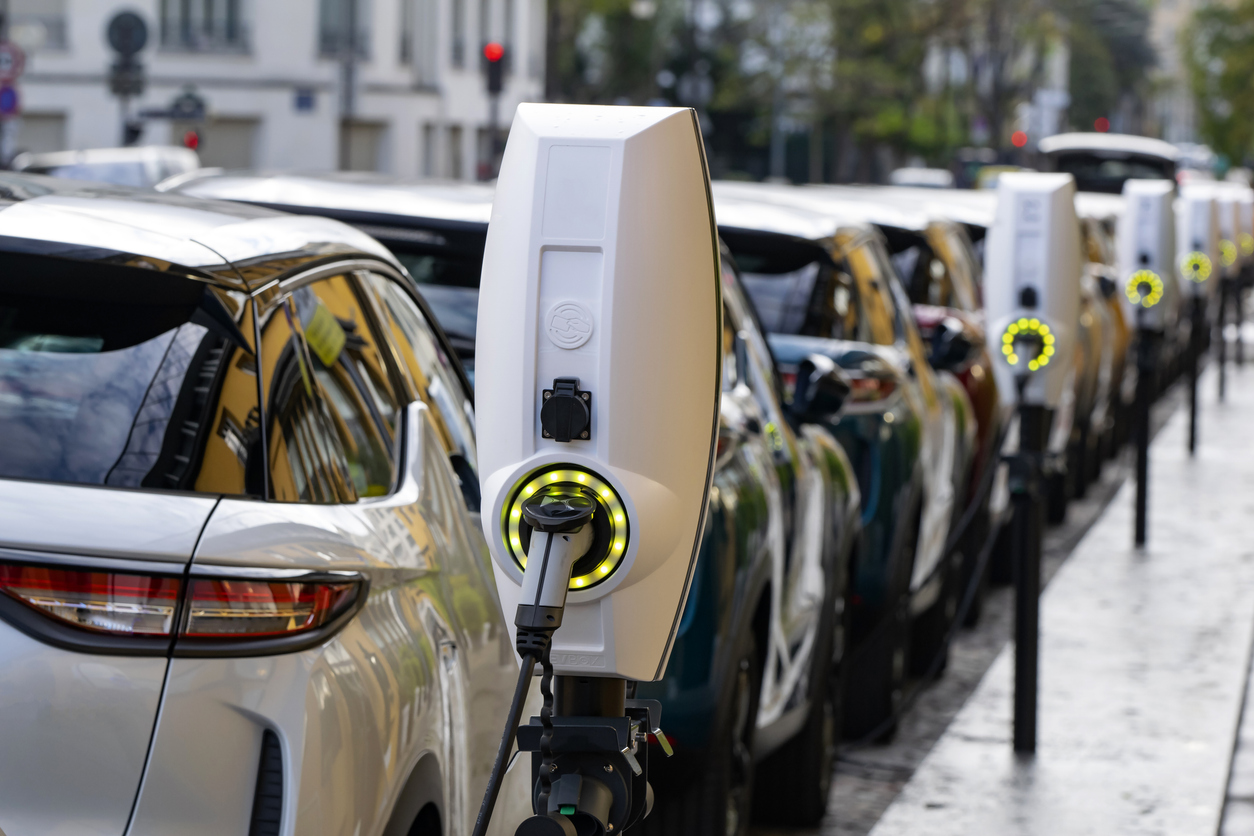Navigating the World of Car Buying
Showrooms and dealerships have long been a go-to destination for vintage car buyers. The advantage of these establishments is that they offer a physical space to view and inspect cars before making a purchase. Furthermore, they often provide additional services such as financing options and warranties. However, it’s important to note that showrooms and dealerships generally have higher prices due to operating costs. If you start searching the options below, you can find the best deals for you.
On the flip side, buying vintage cars from showrooms and dealerships can give you peace of mind knowing that you’re dealing with professionals who have expertise in vintage automobiles. They often have a reputation to uphold and may offer after-sales support as well. However, it’s crucial to conduct thorough research and inspect the vehicle’s condition before finalizing the purchase.
The Convenience of Online Car Marketplaces
In recent years, online car marketplaces have gained significant traction, offering a convenient and expansive platform for vintage car buyers. Websites and platforms such as ClassicCars.com, Hemmings, and Bring a Trailer have revolutionized the vintage car buying process.
These online marketplaces connect prospective buyers with sellers from all over the country, allowing you to browse through a wide variety of options. Furthermore, they often come with detailed listings, including photographs, descriptions, and historical information about the car, enabling you to make informed decisions from the comfort of your own home.
Uncovering Hidden Gems at Car Auctions
If you’re on the hunt for rare and highly sought-after vintage cars, attending car auctions can be an exhilarating experience. Auctions can often deliver unexpected surprises and provide access to unique and hard-to-find vehicles. From prestigious events like the Pebble Beach Concours d’Elegance to local auctions organized by specialized auction houses, these events offer a thrilling opportunity to purchase vintage cars.
Connecting with Private Sellers and Collector Clubs
For those seeking a more personalized buying experience, connecting with private sellers and collector clubs can be ideal. Private sellers may have unique vintage cars that aren’t readily available elsewhere, offering a chance to own a one-of-a-kind vehicle. Additionally, collector clubs provide a community of like-minded individuals who share a passion for vintage cars and often have members willing to sell or trade their automobiles.
Customizing Your Ride at Auto Restoration Shops
When buying a vintage car, it’s common to encounter vehicles that require restoration or customization. If you envision a particular style or want to enhance the performance of your vintage car, auto restoration shops can assist in transforming your dream into reality. These specialized establishments have the expertise and skills to restore, modify, and upgrade vintage cars, providing you with a truly unique and personalized driving experience.
When selecting an auto restoration shop, it’s crucial to choose one with a proven track record of excellence. Read reviews, ask for recommendations from fellow vintage car enthusiasts, and inquire about the shop’s previous restoration projects. A reliable and reputable restoration shop will respect your vision and work closely with you to achieve the desired results.
Making Informed Decisions
Tips for Smart Car Purchases
Buying a vintage car requires careful consideration and research. To make smart car purchases, keep the following tips in mind:
- Establish a budget: Determine how much you’re willing to spend on buying a vintage car, including potential restoration or maintenance costs.
- Do your homework: Research different makes and models, including their history, market value, and potential maintenance requirements.
- Inspect the car: Physically examine the vehicle, preferably with an expert, to assess its condition, potential restoration needs, and any existing issues.
- Verify authenticity: If you’re investing in a rare or limited-edition vintage car, confirm its authenticity through documentation and expert appraisal.
- Consider ongoing costs: Vintage cars may require specialized care and maintenance, so factor in the ongoing costs of owning and preserving your vehicle.
Understanding Vehicle History Reports
When buying a vintage car, it’s crucial to obtain a detailed vehicle history report. These reports provide important insights into the car’s past, including any accidents, repairs, or changes in ownership. Vehicle history reports can help you assess the car’s authenticity, condition, and potential value.
Today, numerous companies offer vehicle history reports, such as Carfax and AutoCheck. These reports compile information from various sources, including government records, insurance agencies, and auto dealerships. By reviewing a vehicle history report, you gain valuable knowledge about the car’s background and can make informed decisions based on its past.
The Importance of Pre-Purchase Inspections
Before finalizing a vintage car purchase, it’s crucial to have a pre-purchase inspection conducted by a qualified mechanic or vintage car specialist. This inspection assesses the vehicle’s mechanical components, body condition, and overall functionality in detail.
During a pre-purchase inspection, the mechanic or specialist will examine aspects such as the engine, transmission, suspension, brakes, and electrical system. They will identify potential issues, provide an estimate of any necessary repairs or maintenance, and help you understand the overall condition of the car. This inspection serves as an additional layer of protection, ensuring you’re aware of any potential pitfalls before making a significant investment.
Ensure that you’re getting the best deals on vintage cars by reviewing our guide!
















